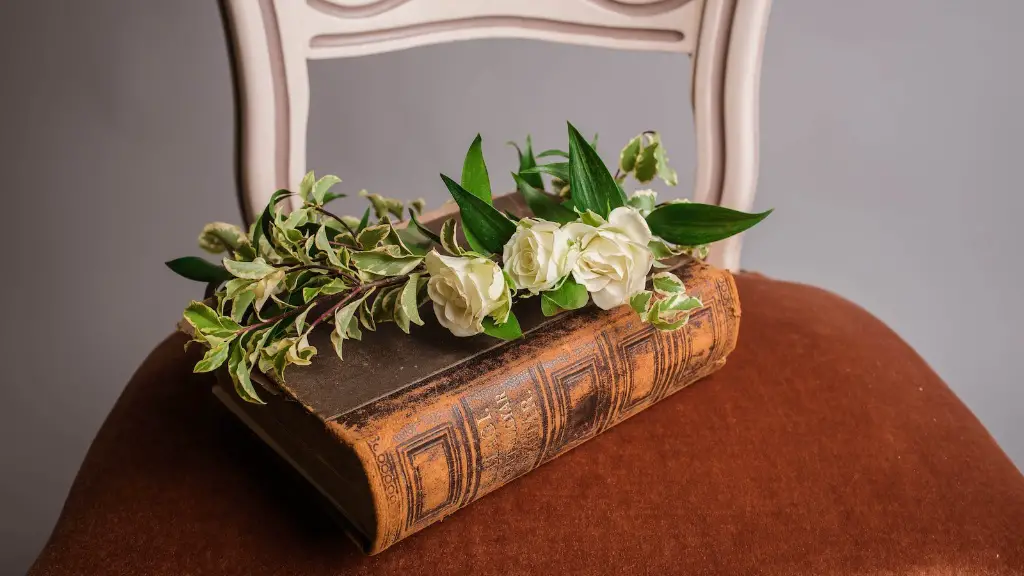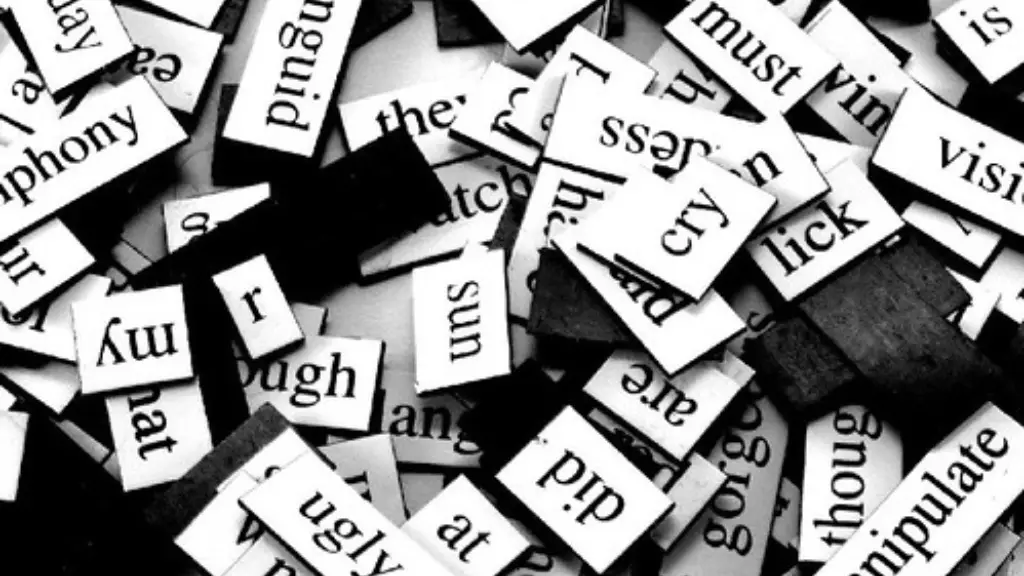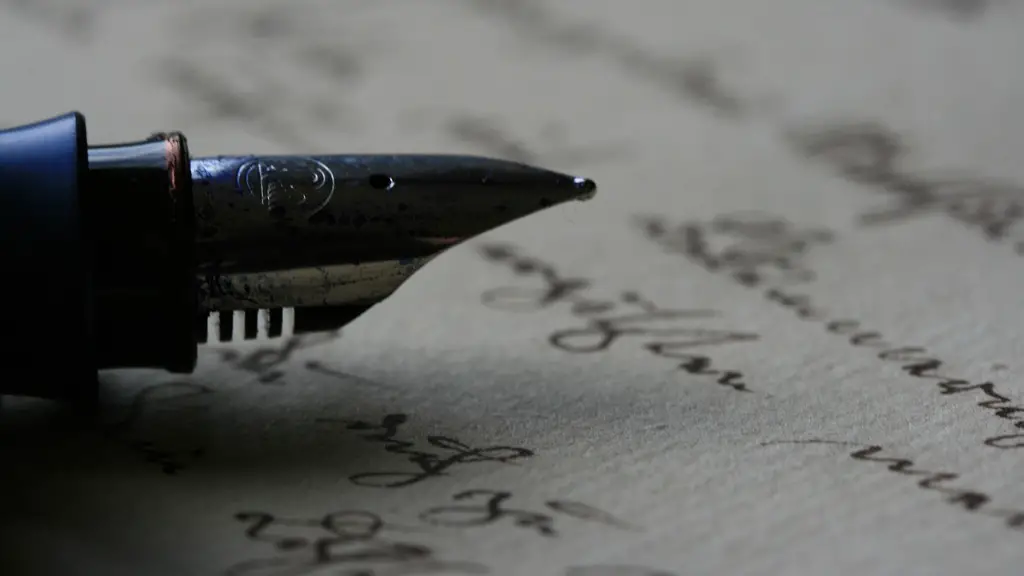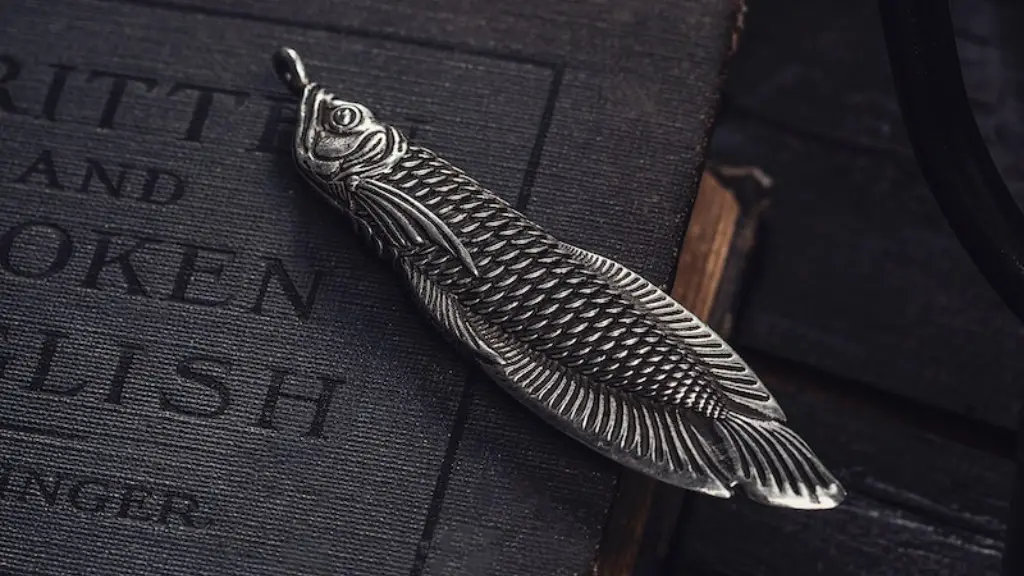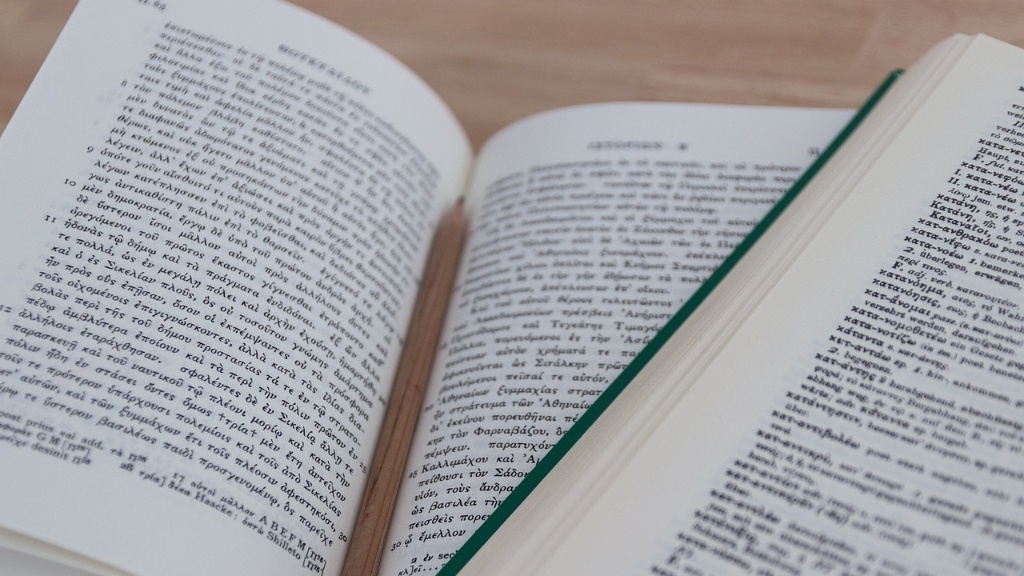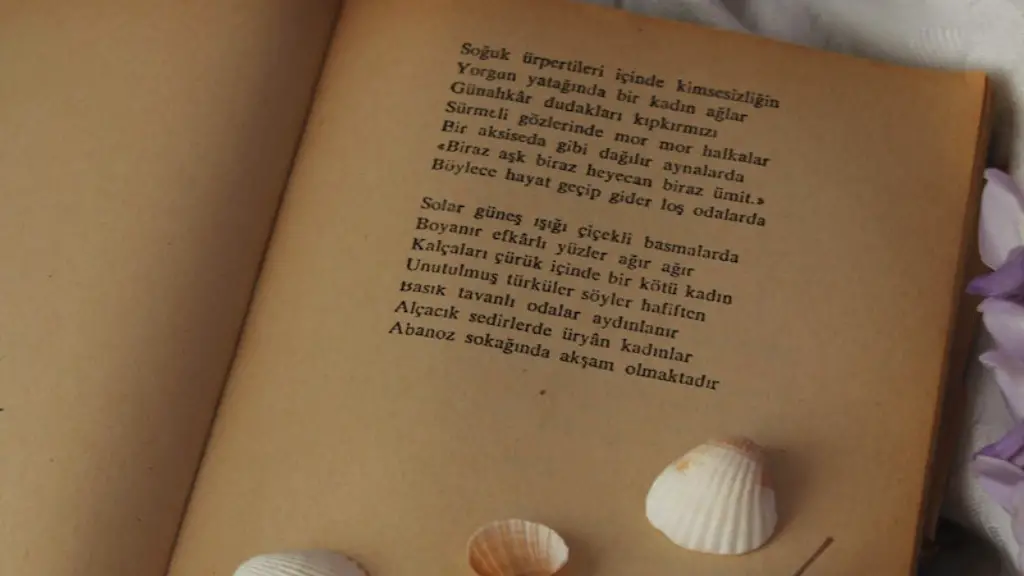Verses With Metnes: How Poetry Is Structured
Poetry, a form of written expression, has been utilized in all times and cultures to tell stories and evoke emotions. While the use of words and the purpose of writing poetry can be quite diverse, its main feature is the presence of metrical patterns, or rhyme schemes, which create an organized structure for the poem. There are three main types of poetry: Lyric, Narrative, and Dramatic. We will explore what each type means and how they differentiate from one another.
Lyric Poetry: The Lyrical Refrain
The most common type of poetry is Lyric poetry, which can be seen as a musical piece that has been written down. Its sound, often associated with melody, is an essential component to lyrical poetry. It is a reflection of emotions and feelings, addressed to externalised figures or entities, such as nature and the Gods.
A poetic device that comes with lyric poetry is the refrain, a recurrent expression or verse included to both divide and structure the stanzas of the poem. These refrains are often used to repeat certain ideas, emphasising the point the poet wants to convey. Other common tools of lyric poetry include assonance, alliteration, repetition, imagery, and simile or metaphor.
Narrative Poetry: Tales and Legends
Unlike lyric poetry, Narrative poetry is mostly focused on events and storylines that unfold within the lines of the poem. This type of poetry is often associated with tradition, as it is commonly used to create tales and legends. Narrative poems can also contain characters, such as Gods, animals, or humans, and they are actively involved in the poem’s chain of events.
In most forms of narrative poetry, the story arc follows a predictable pattern. It begins with the exposition, then events begin to happen, and then there’s a climax, and finally, it resolves with either a happy or sad ending. While traditional narrative poetry had strict rules and forms, today, narrative poetry often captures a wide range of stories, regardless of the structure.
Dramatic Poetry: Persons and Situations
Dramatic poetry belongs to a mix between lyric and narrative poetry, as it is about particular persons or situations. It is the kind of poetry that tells a story without following a typical storyline itself, as it is speaking directly to the reader. This distinguishes dramatic poetry from the other two types, as it often contains elements of both lyric and narrative.
Unlike narrative poetry, dramatic poetry does not necessarily contain characters or dialogues, but it is still captivating enough to involve the reader in a journey, a key element of all poetic works. Its structure is less fixed compared to lyric and narrative poetry, as the poet is free to choose the intensity of language and expression, as well as how it will be written.
Catered to the Emotional: How Poetry Inspires and Affects
Ultimately, the different poetry styles serve as vehicles for conveying a desired emotion or point. Poets can choose either or combine the three styles according to what best reflects their message. Lyric poems are most often utilized for instances in which the speaker needs to convey an emotion, dramatic poetry for particular situations or events, and narrative poetry for extensive storytelling.
Poetry is much more than the sum of its parts, such as its structure and its rhyme schemes. At its core, it’s an art form that speaks volumes about the feelings and inspirations of its creator. Poetry is both written and understood differently by different people, and as such, it is a medium that has been utilized through the centuries to express emotions of people around the globe.
The Art of Poetry: How It Inspires Reflection and Healing
The beauty of poetry is that it is catered to the emotional, allowing people to reflect and heal through its many forms. Being written with the perfect combination of intention, sound, and structure, it is a piece of art. Its metaphorical language can create great meaning from a few words and paint a complex, stirring image with its carefully selected syntax and phrasing.
Poetry can also be a platform for expressing deep-seated opinions or sending a message for the generations to come. Its ability to personify and convey truth, injustice, and the power and beauty of experiences, has allowed for its lasting impact throughout the ages.
Exploring the Spoken Word: How Poetry Has Evolved
While poetry can be separated into three basic forms, there are many other styles and genres associated with it. Plus, what’s considered poetry today has higher levels of creativity than in the past, adapting to more open interpretations and styles. For instance, the advent of the spoken word and slam poetry has allowed people to share poetry in an increasingly public environment, giving them a platform and a voice.
Consequently, the range of topics explored has also expanded, enabling poets to talk more freely about social issues, life experiences, and the complexities of everyday events. In the end, poetry has evolved to the point that it has become an intimate expression of thoughts, feelings, experiences and emotions.
Understanding Poetry: A Way To Emotional Awareness
Poetry can be seen as an entry point to discover aspects of the human condition, suffering, and joy. By taking the time to dissect a poem and understand its structure, rhymes, sound, and meaning, one can gain a better understanding of the emotions behind it. This can be a way to become more self-aware and learn to recognise our own prejudices, biases, and emotions at play in our daily lives.
Thus, by reading and writing poetry, we can gain a broader understanding of the emotions that flow through us on a day-to-day basis. Being attentive and understanding speech, words, and meanings is how we as individuals begin to identify where we stand in life and learn how to better allow our emotions to flow.
Using Poetry To Build Narratives: Discussing Insecurity and Fear
Poetry can serve as a gateway for conversations about topics that would be otherwise difficult to discuss, such as insecurity and fear. It can offer us a valuable outlet in which we can unpack these emotions and talk about them openly. Through poetry, we are able to articulate our worries and anxieties and put them into words, rather than keeping them bottled up inside. This way, we can begin to come to terms with those feelings and try to understand the source of our fear.
In conclusion, poetry is a versatile art form: it has the power to make us think, feel more alive, and enable us to confront inner darkness. We can explore its many forms and find the one that best suits us, learning to give voice to our thoughts and feelings, giving us a sense of peace and empowerment when we need it the most.
Using Poetry To Process Grief: Getting Over Loss
Poetry has long been used as a way to process grief, as it can open up emotional doors and release pain and sorrow. Vivid imagery and symbolism can be used to tell stories about the passing of loved ones, as well as other forms of grief and loss. Additionally, poetry can also help us come to terms with the complexities of healing and accepting the passing, allowing us to move forward.
By using powerful metaphors and imagery, we can explore how hard grieving can be, stripping away pride and feelings that may be in the way of accepting our grief. By sharing those stories and understanding what others feel when they experience grief, we create a source of unconditional acceptance. This can be a powerful tool to help us reach deeper levels of acceptance and healing.
Exploring the Human Condition: Using Poetry To Understand Ourselves
Poetry can be used to explore both the external and internal: by understanding the external world around us, we can better home in on the internal. Through poetry, we are able to understand the different aspects of the world, from politics and war to nature and human relationships. Poetry can trigger not only empathy and understanding, but also questioning and self-reflection.
Poetry can also help us to better understand ourselves and our emotions. By using words and metaphors, we can express deep emotions and sometimes forgotten experiences, slowly unraveling complex psychological states. By understanding and verbalising our inner world, we can begin to find ways to live in a healthy and accepting way.
Using Poetry As an Instrument of Change: Activism Through Poetic Expression
As a form of expression and communication, poetry can also be used to create social change. It provides a platform to talk about pressing issues and social issues in larger debates. Poetry has the unique ability to bring attention to the things that we wish to address, allowing us to present our points of view free of fear or judgement.
In a sense, poetry is like a protest or a demonstration, giving a voice to the ideas that need to be heard in order to make a change. It serves as a vessel to bring together people from different backgrounds and perspectives, creating a strong community of people willing to rise up and fight for what is right.
The Lasting Impact of Poetry: Using Poetry to Awaken Political Consciousness
Poetry can provide a new perspective on any issue or subject, inspiring us to awaken our political consciousness and take action. Poets often step out of conventional boundaries, bringing to light alternative understandings of the issues that surround us. Through the use of words, rhetoric, and symbolism, poets have the possibility to expand boundaries, confront conventions and open minds.
By reading, writing and performing poems, people can challenge what is socially accepted and point out alternative ways of understanding, allowing us to expand our understanding and create a more inclusive society. Poetry has the power to bring attention to issues that are often shoved aside by the mainstream, inspiring us to take action.
